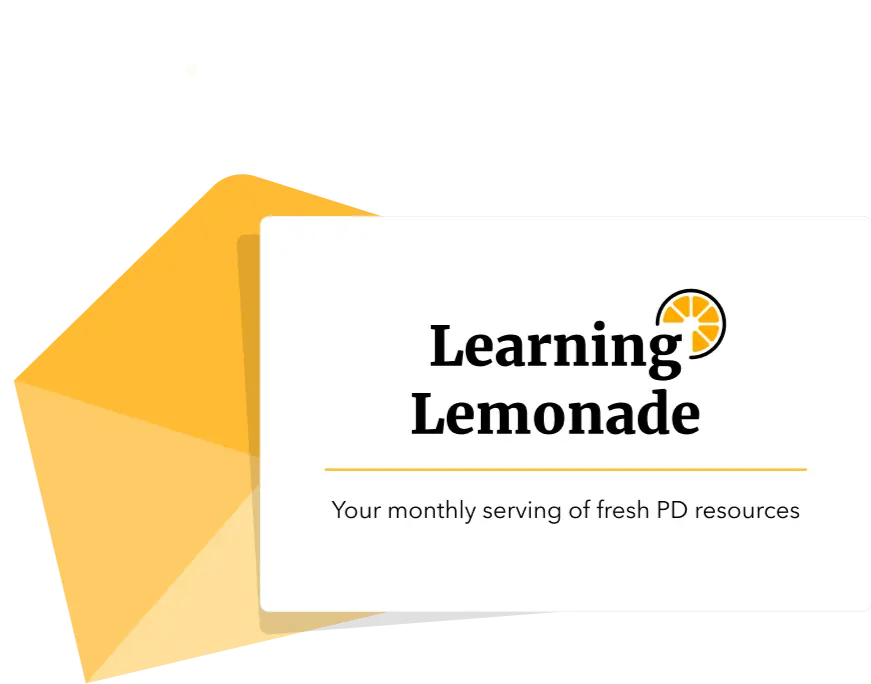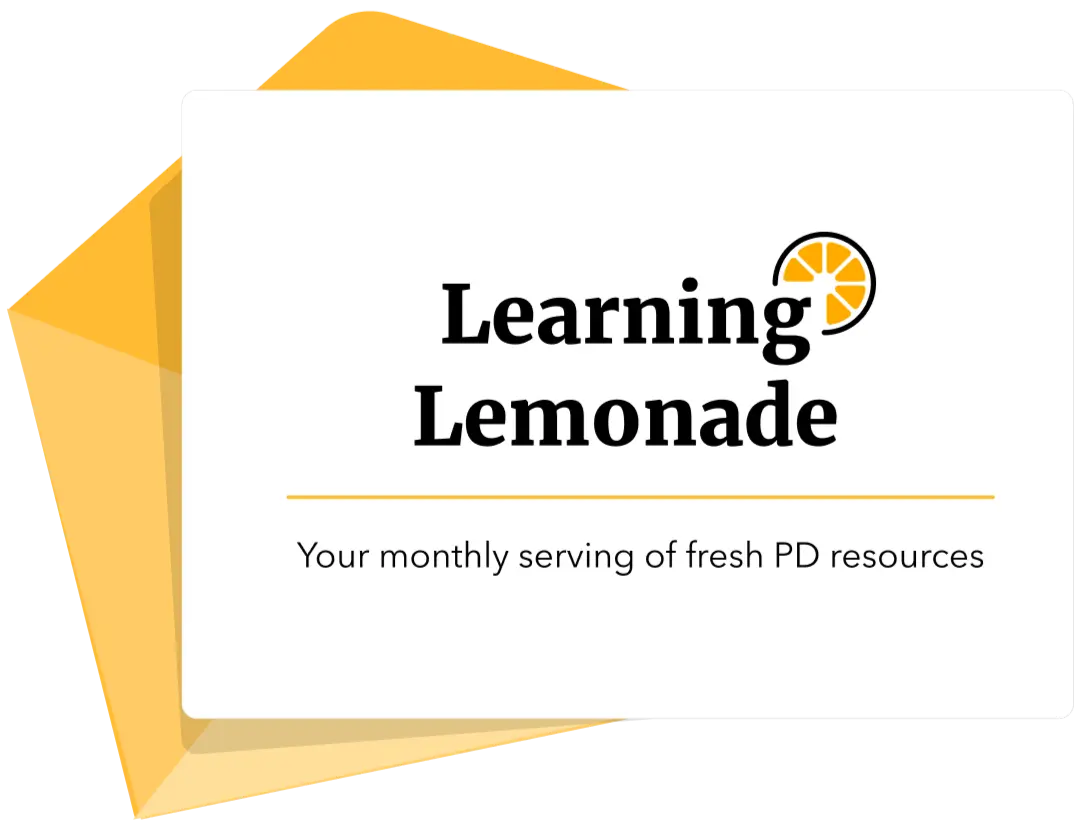Creating Interdisciplinary Units | First steps for MYP candidate schools
Learning in the MYP is not organised into silos; it is interdisciplinary. As an educator, you make an active effort to ensure that students are able to connect what they’re doing in your classroom to what they’re doing across other subjects, as well as in the wider world around them. The interdisciplinary units (IDUs) are great opportunities to facilitate this transfer of knowledge and skills between disciplines and use concepts and contexts to make meaningful connections. They are also a great way to engage teachers in student-centred collaborative planning!
What is required at authorization
At the time of authorisation, schools should have two interdisciplinary unit plans, with each one involving two subject groups.
Suggested professional development activities
Here are some ideas for activities you and your teaching teams can engage in to get to grips with interdisciplinary unit planning. You’ll find a mix of collaborative as well as individual activities suggested here; choose the ones that best fit your needs and schedules!
| Topic | Format | Outline |
| The Why of interdisciplinary units (for school leaders) | Asynchronous | Send the link to the video Designing Authentic Interdisciplinary Units to school leaders (eg. heads of department, grade level leaders, principals) so that they can read/watch it at their own pace. Create a physical or digital poster where leaders can post their responses to the following reflection prompts: – What might motivate teachers to plan an interdisciplinary unit? –What barriers might prevent teachers from planning an interdisciplinary unit? -What support can we provide as teachers plan interdisciplinary units? |
| How to get started with interdisciplinary units | Collaborative | Post the Global Context posters around the room. Have teachers circulate each poster, using sticky notes to suggest real-world issues that would be of interest to students. Then give each teacher a copy of the ATL ‘I can..’ posters for their subject group and ask them to make a connection between one of the topics on the global context posters and one of the ‘I can’ skills for their subject. Reflect: Teachers who selected topics from the same Global Context can then reflect on: –How might students combine the knowledge and skills of different disciplines to explore the topic? –What product/project could show what they have learned? Finally, teachers can meet in grade-level groups to discuss which of all the possibilities would be most meaningful for students at that grade level. |
This blog is part of a series designed especially for candidate MYP schools. Click here to view the complete series!
Other resources you might like to explore:












